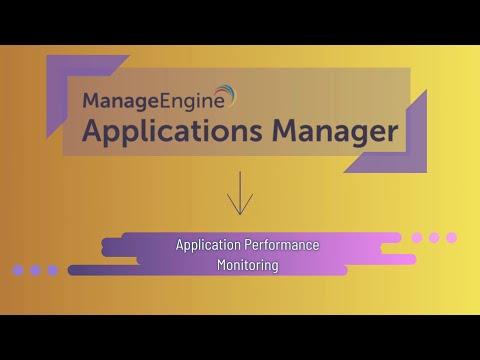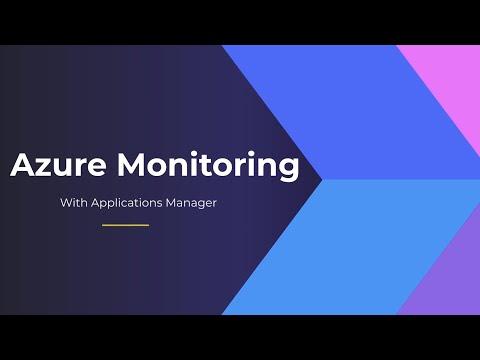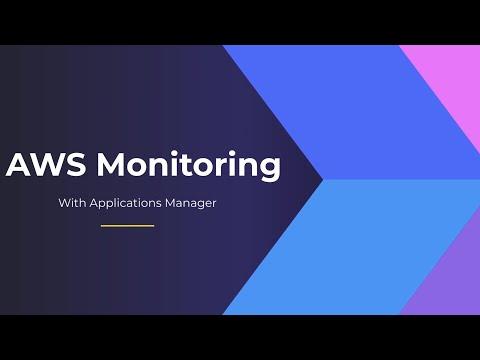Many network operations teams question if they need to TAP their networks; perhaps they aren't familiar with test access points (TAPs), or they think there isn't an application that makes sense for them. Over the past decade, industry best-practice revealed that all network infrastructure should utilize a network TAP as the foundation for complete visibility.
The following are the seven most popular applications for TAPs:
1. Options to Prevent Network Downtime
With a Bypass TAP, you avoid network downtime, as the TAP's only functionality is to provide copies of traffic to the active, inline device. Because of the heartbeat packets included in Bypass TAPs, should you have any issues with the tools, you can easily take that active, inline device offline for testing, updates, and changes while the live network data still flows.
A switch, on the other hand, has to focus on its production network while combating anomalies like DDoS attacks, so if there is an issue with an inline device like a NGFW (next-generation firewall), you would have to take the network down.
2. Update Older Tools
Do you have older monitoring tools that are running at 10G and you are considering 40G or 100G? Rather than purchase updated tools, which can be expensive or unavailable, you can utilize a network TAP with a purpose-built packet broker at the access layer for any-to-any configuration of network speeds.
3. Take Devices Offline Without Network Interruption
A Bypass TAP can provide copies of traffic to the active, inline device, which can then do their job to combat DDoS attacks, and because of the heartbeat packets included in Bypass TAPs, if you have issues with your tools, you can take that active, inline device offline for testing, updates, and changes without taking down your entire network.
4. Media/Speed Conversion
Do you have a single-mode, long range cable running between buildings, but the analyzer tool you want to connect to is in the same rack in your network room? Rather than buy an expensive transceiver, a network TAP can handle the media conversion for you.
5. Lawful Intercept
Do you need to prove evidentiary chain of custody for a court case? Unlike SPAN ports, a TAP can be used to prove that no packets were dropped during the lawful intercept process, but make certain the network TAPs are CALEA approved to ensure all data arrives at the monitoring or analyzer tool, and that it wasn't hacked.
6. Connect Multiple Monitoring Tools
Do you have multiple monitoring devices to analyze your network? With an aggregator TAP, 100% full duplex traffic is captured in both directions and sent out of two monitoring ports, enabling the ability to send your traffic from that point in your network to Wireshare and an APM.
7. Visibility In to Your Network
Using a network test access point provides complete visibility into your network, allowing you to see every packet of data flowing in and out of your network. With a visibility point in your network, you can analyze e-commerce and web server traffic, VoIP and real-time communication applications.
The Latest
The 2024 State of the Data Center Report from CoreSite shows that although C-suite confidence in the economy remains high, a VUCA (volatile, uncertain, complex, ambiguous) environment has many business leaders proceeding with caution when it comes to their IT and data ecosystems, with an emphasis on cost control and predictability, flexibility and risk management ...
In June, New Relic published the State of Observability for Energy and Utilities Report to share insights, analysis, and data on the impact of full-stack observability software in energy and utilities organizations' service capabilities. Here are eight key takeaways from the report ...
The rapid rise of generative AI (GenAI) has caught everyone's attention, leaving many to wonder if the technology's impact will live up to the immense hype. A recent survey by Alteryx provides valuable insights into the current state of GenAI adoption, revealing a shift from inflated expectations to tangible value realization across enterprises ... Here are five key takeaways that underscore GenAI's progression from hype to real-world impact ...
As software development grows more intricate, the challenge for observability engineers tasked with ensuring optimal system performance becomes more daunting. Current methodologies are struggling to keep pace, with the annual Observability Pulse surveys indicating a rise in Mean Time to Remediation (MTTR). According to this survey, only a small fraction of organizations, around 10%, achieve full observability today. Generative AI, however, promises to significantly move the needle ...
While nearly all data leaders surveyed are building generative AI applications, most don't believe their data estate is actually prepared to support them, according to the State of Reliable AI report from Monte Carlo Data ...
Enterprises are putting a lot of effort into improving the digital employee experience (DEX), which has become essential to both improving organizational performance and attracting and retaining talented workers. But to date, most efforts to deliver outstanding DEX have focused on people working with laptops, PCs, or thin clients. Employees on the frontlines, using mobile devices to handle logistics ... have been largely overlooked ...
The average customer-facing incident takes nearly three hours to resolve (175 minutes) while the estimated cost of downtime is $4,537 per minute, meaning each incident can cost nearly $794,000, according to new research from PagerDuty ...
In MEAN TIME TO INSIGHT Episode 8, Shamus McGillicuddy, VP of Research, Network Infrastructure and Operations, at EMA discusses AutoCon with the conference founders Scott Robohn and Chris Grundemann ...
Numerous vendors and service providers have recently embraced the NaaS concept, yet there is still no industry consensus on its definition or the types of networks it involves. Furthermore, providers have varied in how they define the NaaS service delivery model. I conducted research for a new report, Network as a Service: Understanding the Cloud Consumption Model in Networking, to refine the concept of NaaS and reduce buyer confusion over what it is and how it can offer value ...





